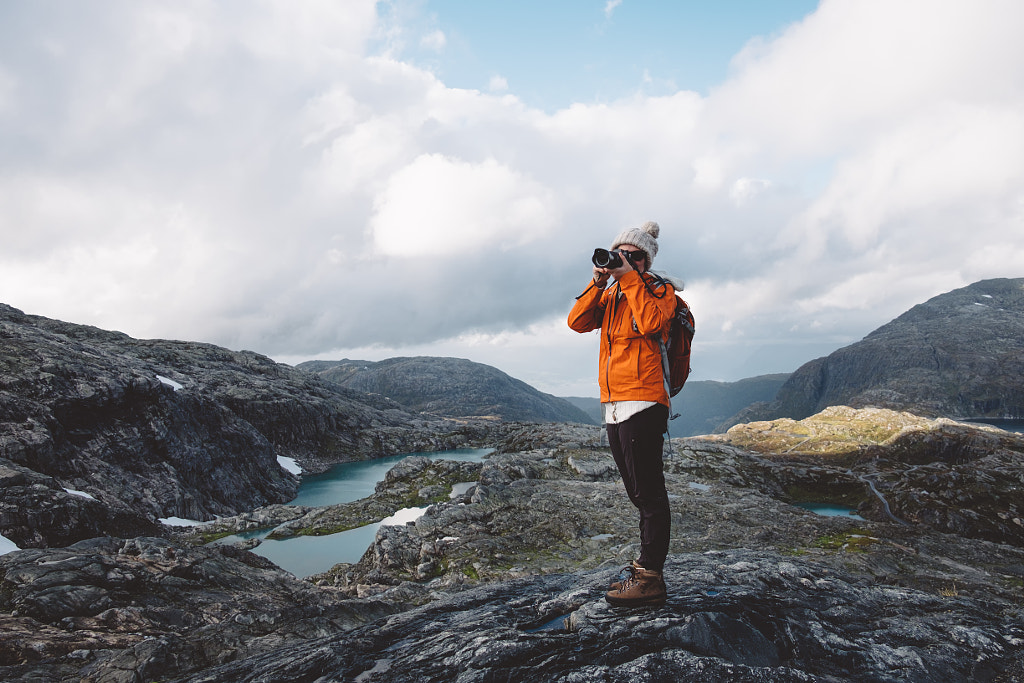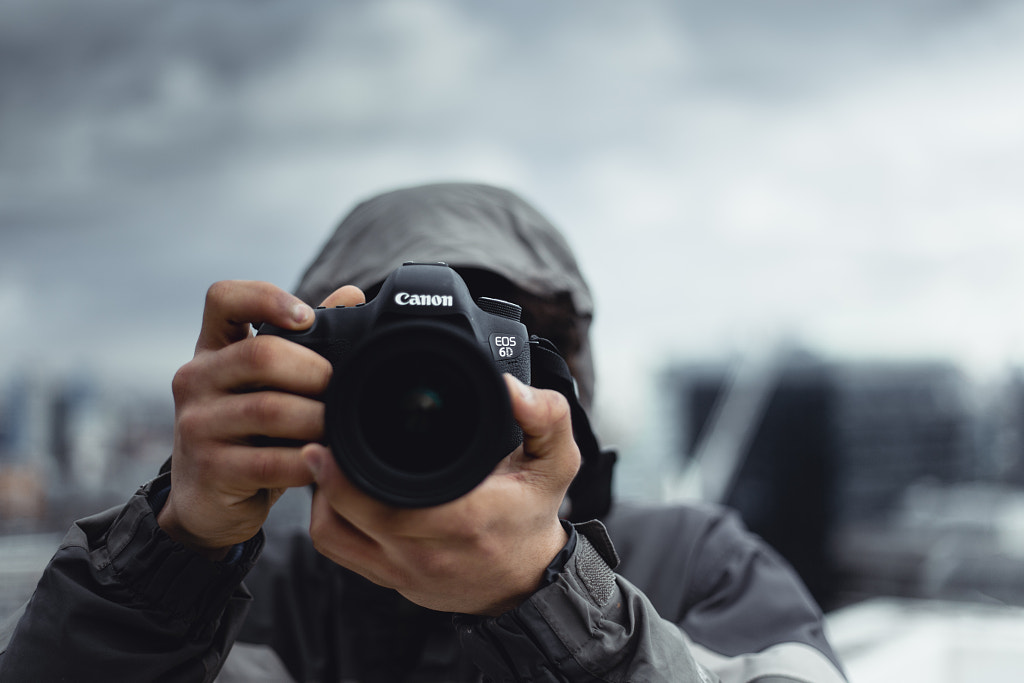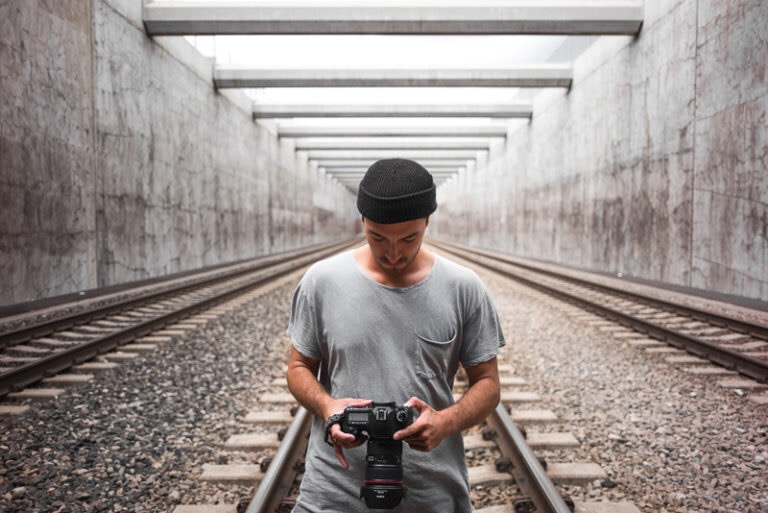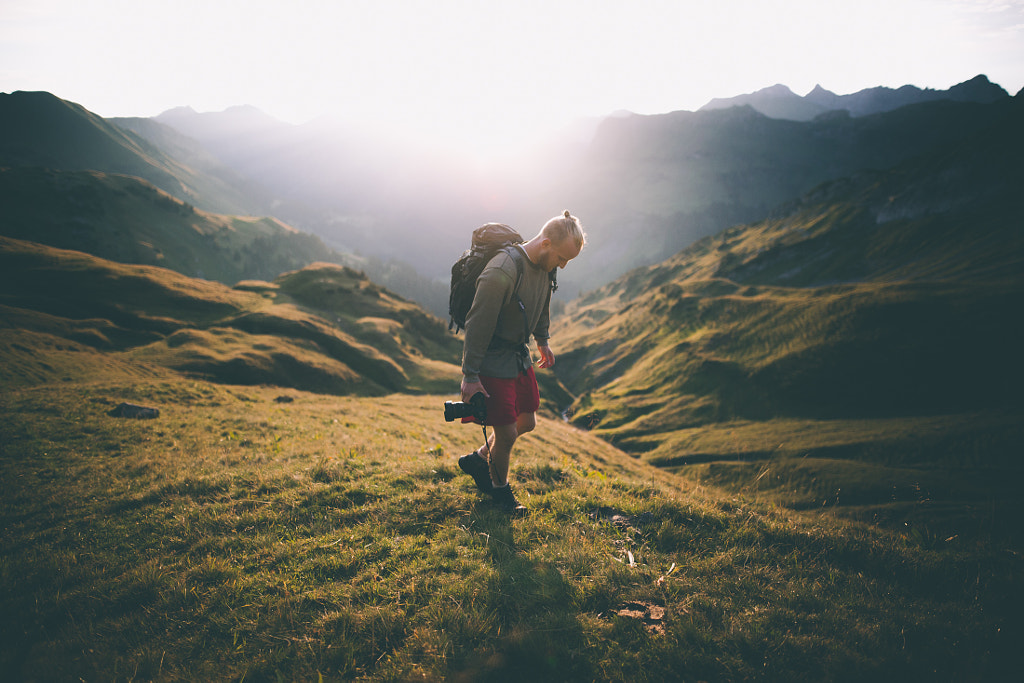How to Photograph Agility Events and Other Dog Sports
Humans and horses aren’t the only athletes to reach massive feats – dogs do too! From the athletic sighthounds to the driven border collies, dogs have been competing in a slew of sports on the world stage since before you were born. Some of the most popular athletic canine sports include agility, dock diving, frisbee, flyball, barn hunt, nose work, weight pulling, lure coursing, and herding.
Possibly the most well-recognized of these sports is agility, in which a dog has to race through obstacles (such as jumps, weave poles, tunnels, dog walks, A-frames, and teeters) with their handler. This fast-paced sport has been captivating dog photographers for years, but yet there remain so few agility photographers.
Some quit from frustration due to the degree of difficulty to photograph, while others find the long hours hard to manage. Whatever the reason, this article is here to make it easier for you! Many of these tips can be applied universally to all canine competitions, as most have these three things in common: action, speed, and unpredictability.

Let’s start with equipment. You can’t photograph if you don’ a have camera. Here are the ideal gear recommendations for doing photography of dog sports.
The Right Camera
As most of the dog sports listed involve speed, you’re going to need a fast camera. Similar to photographing human sporting events such as football and baseball, the speed of your camera will determine what moments you can capture.
You want to ensure that your shutter closes at the exact moment you want it to, or is able to capture an entire sequence of movement (which is what many competitors love to see from action photographers). The more frames per second your camera can shoot, the more sequence shots you can capture.
To anyone wanting to get very serious into this type of photography, I always recommend purchasing a DSLR that has a strong inclination towards action photography due to its frames-per-second, such as the Canon 7D (the 7D Mark II is the newest model – 10 frames per second), the Canon 1D-X Mark II (14 fps), the Nikon D5 (12 fps). I am sure there are additional Nikon (as well as other brands) equivalents with faster speeds, but I am versed in Canon so you’ll have to do your research.

Choose the Right Lens
The key to dog sports photography is to interfere as little as possible with the event going on. That means shooting from a distance so that your activity doesn’t distract the dogs from their task. As such, most (if not all) agility photographers will work with a telephoto or zoom lens. This allows you to be far enough away from the subject so as to not affect their performance while being able to zoom in tightly and capture some beautiful compositions.My favorite lens for dog sports photography is the Canon 70-200mm F/2.8 L IS USM II. But I have seen many other photographers inclined toward the 300mm or 400mm range to get even closer to the dogs without needing to get in the way physically.

Finding a lens that has a maximum aperture of f/2.8, or around that range, is a great idea in order to isolate the dog from the rather cluttered frame. Since agility rings can make a photograph look chaotic due to a number of obstacles in close proximity to your subject, getting a lens that can shoot at f/2.8 will also all you to blur or soften some of the distracting elements in the background.
Camera Settings
Your settings will make a noticeable difference in your ease-of-shooting. Besides needing to shoot with a very fast shutter speed to freeze the action (1/1000th at a minimum but I personally like to shoot at 1/3000th and faster), there are a few other things you can do to get sharp images. Many new cameras have technological advancements that make action photography significantly easier than it has been in the past, such as new autofocus mechanisms. However, what the majority of new and old cameras have in common in regards to settings are the focus mode and burst (drive mode).
First, change your focus mode to Continuous Focus Mode (AI Servo for Canon users or AF-C for Nikon users). This mode allows your camera to lock onto your subject and follow the dog around as it moves, preventing you from consistently needing to refocus. Where new technology comes into play are the additional customizations for your this mode.
Some new cameras allow you to either use the Continuous Focus Mode presets or make your own that pertain to what you are shooting. For example, on the Canon 7D Mark II, you can tell the camera how your subject moves and what obstacles may be present by adjusting the various levels of sporadic movement, obstacle interference, and more.

There are even presets for erratically moving subjects and following the subject despite obstacles getting in the subject’s way. I usually tell the camera that my subjects are moving erratically in multiple directions and that there are many obstacles in the way when photographing agility. In cameras that do not have this feature, your AI Servo (AF-C) is still a good focusing mode choice.
Next, take advantage of the frames-per-second your camera offers by using burst mode (high-speed drive mode). You can ensure that you get the right shot by setting your camera to burst mode (where you take multiple photographs in a row while pressing down on the shutter) and shooting with a fast shutter speed to freeze the action. Like I mentioned previously, competitors love sequence shots. The only way to get these cool sequences is by shooting in burst mode!

Shooting Technique
Partnered with your gear and your camera settings, your shooting technique will make or break your results. The most common technique that I see used for dog sports photography is to pre-focus on an obstacle and wait for the dog to get there. But I believe you miss a lot of key moments when you do that, especially since dogs can be unpredictable (and even though the obstacle is a part of the course, that doesn’t mean the dog will comply).
Be prepared to practice the art of panning. Panning is moving your camera horizontally with the subject’s movement. You synchronize your camera movement with that of the subject moving parallel to you. I find it easiest to focus on the dog while it is waiting to be released by the owner and then follow the dog throughout the course.
In agility, the course is preset and the handler must memorize it, and then lead the dog through. This makes panning much easier because, by the second or third dog, you will know the course by heart. With other sports where the movement is more unpredictable, like frisbee (where the dog has to catch frisbees before they touch the ground), just use your best judgment on where you think the dog is going to go. This takes practice, but nothing comes without practice!

Alongside panning, another tip to get the most dynamic actions shots is to photograph from the subject’s eye level. Be prepared to spend a lot of time on your knees as the dogs go through the obstacle course. This allows viewers to relate to the subject (as is the psychological nature of photography) and gives them an idea of the height the dog is jumping which aids in how dramatic the photograph appears.
In agility, depending on the type of organization that is governing that sporting trial, you may or may not have to shoot through a fence. If there is a fence, it is often full of large gaping holes that you can photograph through.

Now that you have our gear set, before running off to excitedly photography some cool dogs, there are several important rules and considerations to keep in mind while photographing these canine superstars. Please follow them to respect the owners and for the dog’s safety.
Ask for Permission before Photographing Events
Always ask for permission before photographing any dog sporting events. You do not want to tarnish your reputation by being asked to leave (even if you are only photographing for your portfolio, experience, or fun).
Some clubs (such as a few that I work with) have an official photographer and do not allow outside photography to take place. Other clubs may have a vending fee and request liability insurance for all photographers wishing to make a profit from photographing the event. A few clubs do not even allow photographers in the first place. Always ask for permission. Asking also opens up the door to developing a great relationship with the people putting on the event.
Do Not Distract the Dogs
As tempting as it is to cheer when a cute dog does an obstacle well, or to make noises to have the dog look at you, please don’t. These dogs are there doing a very important job – showing off their skills! Agility trials and other competitive events are expensive for the handler to enter, the dogs train for many hours to compete, and they want to have just as much fun as you are having.
As such, we must all be respectful of each other. Much like you wouldn’t want someone trying to distract you while you work, these dogs don’t want that either. Make sure you aren’t photographing too loudly or too close to the obstacles, and try not to make any noise that could thwart a dog’s attention away from their handler.
If a Dog Comes Up to You, Ignore the Dog
Not all dogs have iron-clad self-control, especially the novice dogs that are still learning the ropes in the trialing world. If a dog happens to notice you while in the ring, turn your head, body, and camera away from the dog. If a dog runs up to you while in the ring, ignore the dog. Turn away, and do not pet or talk to the dog. The best way to help the dog focus back on their handler is to not pay the dog any mind.
Be Considerate of the Competitor’s Wishes
If a competitor comes up to you and asks you not to photograph their dog, please be respectful of their request. As much as you want to photograph all of the dogs that come through, some owners may not want you to (and that’s okay). There are a hundred different reasons why someone might not want their dog photographed while the dog is competing.Do Not Pet a Dog without Asking, Even at a Dog Sport Event
As much as this should be common sense, many people forget that even at dog events, you should still not pet a dog without consulting with their owner. Though many dogs are beautifully trained at dog sporting events, not all are friendly with people. As this is not a conformation dog show where a judge has to touch and handle a dog, not all of the dogs at an agility trial, herding event, or other sports like being petted by people (and the owners are not obligated to teach their dog to tolerate strangers petting them).
Do Not Set-Up Inside the Competition Ring without Consent
Some organizations that govern dog sporting events require a fence to be placed around the competition course. Though you may sometimes be able to set-up inside the boundary rather than outside of it, do not do so without consulting the competition judge or the trial secretary. Setting up inside the boundary can be a safety hazard for both you and the competitors. So if you are granted permission, listen to where the judge tells you to stay.Don’t Set-Up Too Close to the Weave Poles and Tunnels
This is a lesser-known consideration that does not apply to all, but I have seen it applied to many in my career as a dog sports photographer. Some dogs get spooked or distracted if a photographer sets up in front of the exit of a tunnel, as the dog cannot see you until it leaves the tunnel. Likewise, some dogs get terribly distracted from doing their weaves if they see you at the weave pole entrance of exit.
These two obstacles tend to be a bit more difficult for some dogs than jumps or dog walks, and you want to ensure that you don’t add extra stress for them Instead, set up further away and use your zoom lens to capture the dog speeding out of the tunnel!
Don’t Eat Near the Competition Ring While Dogs are Running
Another common-sense piece of advice that goes ignored far too often is to not eat near the ring while the dogs are competing. The smell of a delicious hot dog could encourage even the most driven dog to forget what they’re doing and come ask for some food.Now that you’re an expert, here are some tips and tricks to help you out:

Pay Attention to the Course
The easiest way to photograph a sporting event is to know where your subjects are going to go! For agility, there is a 15-minute walkthrough before a course begins in which the competitors learn the course. Watch them, or even participate in the walkthrough yourself, and learn about the route. For sports that don’t have walkthroughs, try and figure out what the course set-up is using logical reasoning.Listen to the Briefing
Before a trial begins, most events will have a competitor briefing. Participate in the briefing to learn valuable information about the event that is about to take place. As well, the briefing is a great time to introduce yourself to the competitors.
Don’t Stress About Photographing All of the Obstacles at Once
This took me years to figure out. You do not need to worry about photographing every single obstacle in every single course. The courses get changed several times throughout the day, the sun will move every hour, and nearly all of the dogs will run at least three more times before they leave the event.It saves a lot of time, energy, and stress to only focus on a few obstacles that you know you can photograph well (whether it be due to the lighting and/or the obstacle’s proximity to you) per course. If you come in the morning and stay until the end in the later afternoon, you will most definitely photograph everyone’s dog doing every single obstacle.

When Organizing, Sort Photos by Class or Jump Height
The real challenge comes after the photo shoot: how to make sure the competitors can find their dog (or you can find their dog). I find that organizing your images by class (every dog sports event has different classes, often named for their difficulty level) helps immensely.For dog agility, sometimes photographing by jump height can be just as beneficial. Do keep in mind that height changes per organization that governs the agility trial. There are three organizations in the US that set the rules for their agility trials: The American Kennel Club, the United States Dog Agility Association, and the North American Dog Agility Council. Each of these has their own jump heights and class names.

Ask for the Run Order
It’s completely acceptable to ask for the run order from the trial secretary or someone higher up in order to help you organize the dog photographs. Do keep in mind that the run order may change throughout the competition, so listen to the announcements and keep notes on what changes are being made.Knee Pads are Your Best Friend
Since you ideally want to photograph from the dog’s eye level, you will spend hours on your knees. Skating knee pads are a great idea to reduce the amount of bruising and pressure to your knees. Trust me, you’re going to want to do this after several trials of black and blue knees.
Stay Hydrated
Dog sporting events are long, tiresome, and depending on your location, can be very hot. Make sure that you stay hydrated and take care of yourself, even when you’re wrapped up in the shoot. Bring a cooler with plenty of water, and a backpack with snacks or food that you can eat during your breaks. Fruit is a great snack, it’s healthy and will give you a bit of an energy boost from the sugar.That being said, I often break my no-junk-food routine at dog sporting events because the sweets and fast food are quick, easy, filling, and can help keep me going!

Don’t Forget to Photograph the Novice Dogs
Don’t leave out the new guys! Many of the advanced competitors have hundreds of photographs of their canine athletes over the years, but the novice dogs are brand new and probably don’t have any at all. So be sure to capture photographs of the new kids on the block. They will thank you immensely for them.It Is Possible to Photograph More Than One Ring at a Time
This takes a bit of practice and stamina, but it is absolutely possible to photograph more than one ring at a time. In agility and some other sports, two different rings can be running simultaneously. Often, the rings will be very close to each other. If you position yourself between the two rings, and time the obstacles correctly, you will have enough time to turn from one ring to the other and photograph both. This is how I get photographs of both the novice dogs and the advanced dogs while they are running at the same time.
Most Importantly, Have Fun
Don’t lose sight of why you are there – to have fun! These events are long, tiresome, and chaotic, but are so rewarding. The photography is challenging and addicting. But don’t forget to have fun!Share this article.
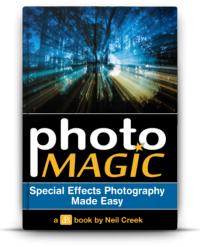
 This
video has really shaken me up. It could happen to any of us. And did
you see the little point and shoot he was using? Nothing close to the
size of my 7D with 200mm lens! I don’t even own a point-and-shoot so I
would certainly be questioned under this same suspicion. I was followed
by three officers in Winchester last year while taking this photo of
rhubarb. I doubt the fruits were feeling particularly terrified by my
suspicious activity.
This
video has really shaken me up. It could happen to any of us. And did
you see the little point and shoot he was using? Nothing close to the
size of my 7D with 200mm lens! I don’t even own a point-and-shoot so I
would certainly be questioned under this same suspicion. I was followed
by three officers in Winchester last year while taking this photo of
rhubarb. I doubt the fruits were feeling particularly terrified by my
suspicious activity.











